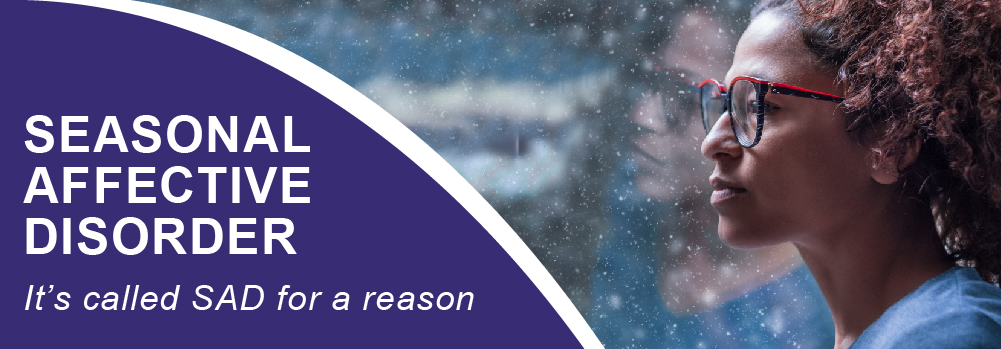Elise McNulty, LMSW

For me, the month of May means two things: 1. May is Mental Health Awareness month, and 2. it’s finally spring in Michigan. The flowers are starting to bloom, the grass is growing, and the sun is finally starting to show more of itself. For a lot of us, this is not only a reminder of how much we have missed the sun, but also how different we feel during the winter season here in Michigan. It is not uncommon to feel tired, sluggish, de-motivated, and overall, down during the colder and darker months (if these symptoms feel overwhelming or severe or long lasting, you should reach out to your health care provider to start a conversation). The nicer weather often brings with it a desire to get out and increase your activity or get back to things that you might normally enjoy doing. But even with that desire, it can be hard to know where to begin and we often get overwhelmed or intimidated before we can start. We know that exercise, activity and doing things we enjoy are helpful for our moods, and our overall health, so how do we get back to those things after a pause?
When we are low in mood, energy and or motivation, we might find it difficult to carry out everyday tasks and activities. We find ourselves withdrawing from and avoiding these activities. The longer we avoid or withdraw from activity, the harder it becomes to find that routine again, and the worse we may feel about it.
Behavioral Activation is an approach that involves using our behaviors to influence our emotional state. Often our brains think in a way that tells us “When I am feeling better or feeling ready, I will get back to doing those things”. Behavioral Activation (BA) tells us “I will get back to the things that make me feel good, so that I can feel better”. Behavioral health clinicians often use this with clients who suffer from a mood disorder and are not able to do the things they would normally enjoy. The idea behind BA is to start with very tiny baby steps and work your way up. We know that this works with not only getting back to things that we enjoy doing, but also stressful or unpleasant things that we need to do like getting caught up on laundry or paying the bills. The reason BA works is because it helps us to tap into our emotional reward center and use that as a drive to continue.
For example:
When I avoid doing anything with the baskets of laundry because I don’t have the energy or motivation to get it done, the baskets of laundry pile up, the task feels overwhelming, and I feel bad about myself for avoiding this task. This creates a lower mood and negative feedback loop, and the task becomes more and more difficult to face.
When I tackle the overflowing baskets of laundry by doing 5 minutes of folding laundry per day, not only am I working towards my goal in a more manageable way, but my brain sees it as completing something, which provides a positive feed back loop. I want to keep doing it because it feels manageable and rewarding.
How can you apply this to the things YOU want or need to do?
- Identify the activity or task
- Find an accountability partner
- This person could be your spouse, partner, coworker, friend, neighbor, anyone!
- Set a plan for baby steps
- Start with something you feel overconfident about being able to complete/ This might mean doing laundry for 5 minutes a day, 1 minute of stretching in the morning, a walk at lunch one day a week, etc. Goals do not have to be scary or overwhelming to be worthwhile!
- Write down the plan and be very specific.
- What day are you going to do it, how long will you do it for, what time will you start and stop?
- Get to work!
- Follow-through with your plan and be observant about how you feel during and after completing the activity.
- As you move through this and begin to feel you are making progress, you can increase the duration of the activity as tolerated. If it gets overwhelming, or something gets in the way (and it’s okay if it does) go back a step or start over.
Choose goals from both categories: Things I want to do that are good for me, things I need to do to maintain responsibilities. When we are getting things done, and taking care of ourselves, it’s a win all around.
Did you know our Collaborative Care Behavioral Health Program is available through many primary care locations? Ask your primary care provider if a referral is right for you.
Resources:
- Behavioral Activation
- Behavioral Strategies for Managing Depression
- American Psychological Association: Seasonal affective disorder: More than the winter blues
- Activating Happiness: A Jump-Start Guide to Overcoming Low Motivation, Depression, or Just Feeling Stuck (Hershenberg, 2017)
- Moodivate: a smartphone app for BA
- National Institute of Mental Health: Seasonal Affective Disorder
- Light, seasonal affective disorder and COVID-19


